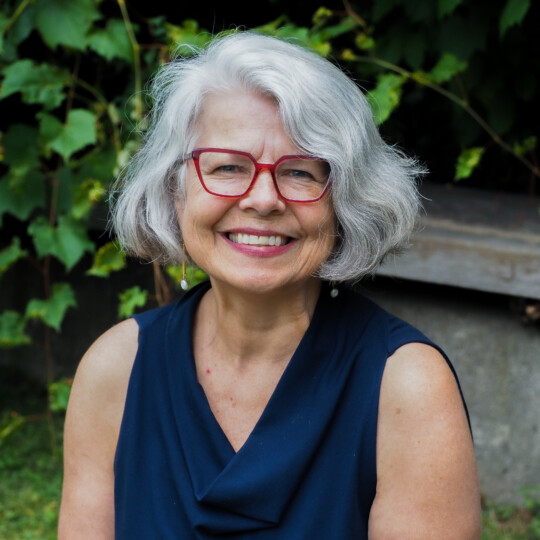Under a CVC Visiting Research Fellowship, Professor Carol Payne will initiate a collaborative photo-based research project with Indigenous communities that revolves around the visual culture of climate change in the Arctic. This larger project will engage Indigenous photographers to re-envision expedition photography from the collection of the Scott Polar Research Institute (SPRI) Picture Library, which in turn will create a forum for Inuit Elders and youth to comment on climate change prompted by those trans-historical representations. During the two-week CVC fellowship residency, Payne will research the collection of 19th and early 20th-century Arctic expedition photography documents at the SPRI as well as other Cambridge collections . Importantly, the residency will enable her to meet with other researchers at Cambridge to develop the larger research project.
Dr. Michael Bravo, Professor of the History and Geography of Science, Fellow of Downing College, and Head of the Circumpolar History and Public Policy Research Group at the SPRI has agreed to act as a sponsor and collaborator for this proposed research. An historian of science, Dr. Bravo is an internationally recognized expert on Arctic science and colonialism, and the northern cultures of the Arctic. His research is decidedly interdisciplinary, ranging from close engagement with indigenous collaborative research through to the history of Arctic cosmologies. The research project proposed here complements the Arctic Environmental Humanities Workshop, which Dr. Bravo co-leads with Dr. Adriana Craciun of Boston University.
The SPRI, where Professor Payne will conduct the preliminary research, is a sub-department of the Department of Geography and houses significant research resources and collections through its Polar Library, Archives, Polar Museum, and Picture Library. Specifically she will study the Arctic expeditionary holdings of the SPRI Picture Library, a collection with thousands of photographs from the region dating as early as 1857. As a historian of photography and a former curator, examining photographic prints in person as material objects is crucial to Professor Payne’s practice. She will augment that intense study of visual and material culture with research in SPRI’s archive, library and museum and the Museum of Archaeology and Anthropology (MAA).
The larger research project will include work with Indigenous curators, photographers, and communities who will re-envision selected photographs from the SPRI Picture Library. In turn, those historic and contemporary photographs will be used as the bases for conversations among Indigenous communities about climate change in the Arctic, one of the most dramatically impacted regions. This visual and oral/textual account will be presented as a collaboratively curated exhibition and co-edited publication.
The two-week residency of the CVC fellowship will mark an initial stage of this research. During the residency, Professor Payne will undertake archival research and to begin the planning process. First, she will review expedition photographs from the SPRI Picture Gallery and conduct research at the SPRI about specific expeditions. She will also explore the MAA’s Ethel Lindgren expeditionary fieldwork collection.
There are three core principles underscoring this larger project: first, a commitment to researching museum and archival holdings collaboratively with the communities they represent; secondly, a recognition of photography as a key form of modern colonial contact in the Arctic; and, thirdly, the critical impact of climate change in Arctic regions. In the first, this research reflects broader global efforts in which Indigenous groups reactivate the colonial photographic archive from Indigenous subject positions often with the participation of non-Indigenous collaborators (Evans and Glass 2014; Geismar and Herle 2010; Lonetree 2019; Lydon 2014; Payne et al 2022; Peers and Brown 2006; Thomas 2014; Tsinhnahjinnie 2002). Secondly, it draws on a large body of literature revealing the camera as a ubiquitous tool of colonial encounter in Arctic regions, used extensively by explorers, geographers, geologists, ethnographers, missionaries, and colonial government officials, as well as Indigenous peoples (Condon 1989; Geller 2004; King and Lidchi 1998; Langford 2015, 2016; Payne 2021, 2022; Pitseolak and Eber 1993; Sangster 2016; Stern 1998; Tippett 1995). In the third principle, the research recognizes the role of circumpolar Indigenous peoples as leaders in climate action (Watt-Cloutier 2015; Apporta, Bravo, and Fraser 2010; Bravo 2019).



